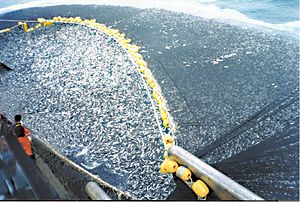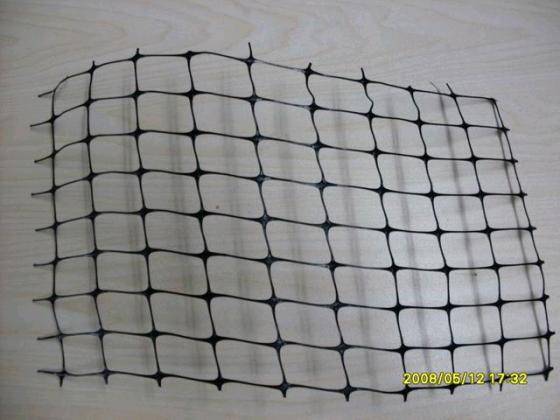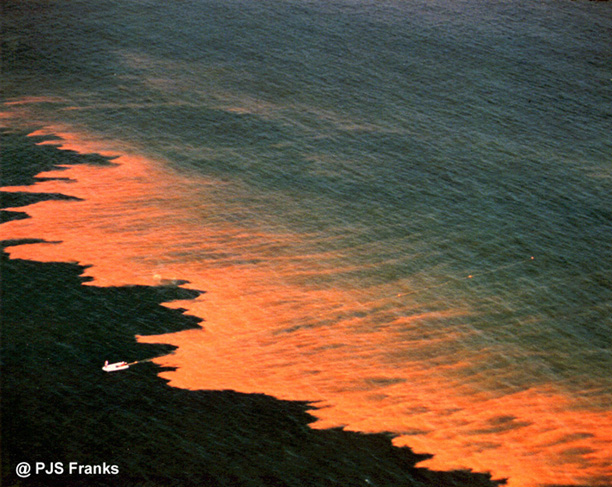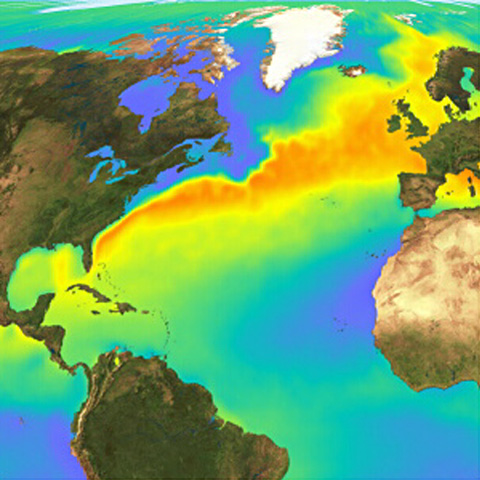Sunday, March 24, 2013
Whale Identification
Flukes are used to identify whales because they are easily noticeable and each species of whale has a very unique fluke that is unlike the other species. Scientists need this data in order to know what whale they are researching, otherwise their data would be very general. They can observe the movement of different species of whales to understand what those groups are doing and how they are reacting to their environment. The most difficult part of the whale identification lab was that the pictures used to identify the flukes weren't very clear so many of them were similar. The lab could be changed for the better by making either more flukes to identify or by making it harder to identify the flukes that were given because the lab was very short in and of itself.
Overfishing
Overfishing is a main concern in today's world because although it helps the economy in the short run, it destroys habitats and can result in a lack of fish in the ocean. This means that there will not enough fish to breed and produce the next generation of fish and it also disrupts the food chain. Overfishing affects my daily life because a lack of fish in the ocean and a disrupted food chain disrupts the food chain of the whole world, making a less plentiful source of food that we humans get from the ocean. Although overfishing seems like it would help the economy, it actually hurts it in the long run. One choice that I could make to help with this problem is that I could choose not to support organizations that partake in the practice of overfishing.
Monday, March 18, 2013
Ocean Trash
Cone Snail
- Common Name: Cone Snail
- Scientific Name: Conus magus
- Adaptations: sedative secretion,venom, and shell shape
- Hunting Strategies: Cones use a modified tooth that they shoot like a harpoon to kill prey.
- Reproduction: Sexually
- Interesting facts: The venom of the cone is strong enough to possibly kill a human
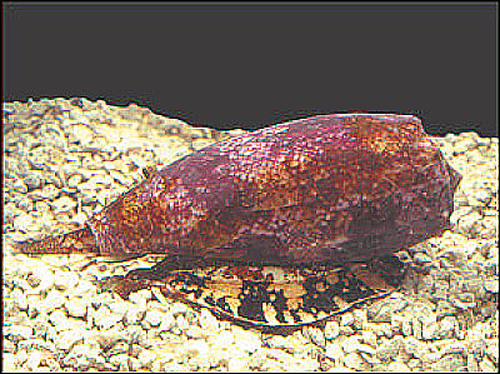
Sea Grass Adaptations
In acknowledgment to aerial beachcomber activity environments, seagrasses acquired well-developed stems, referred to as rhizomes. Blades grow from the basis or from branches basic at the rhizome. Roots extending from the basis additionally help in anchoring and absorbing up nutrients. The ribbon-shaped grass blades are flexible, angling with any movement. Air spaces extending through the blades, rhizomes, and roots provide flotation mechanisms. Sea grass provides aliment to animals by being directly eaten, or accepting the algae that grows on it eaten off. There are different types of organisms in the sea grass ambiance like residents, who live in the sea grass migrants, who drift to the sea grass circadian and frequently, and travelers, who appointment seasonally.
Sea Grasses
Monday, March 4, 2013
Marine Video Issue
Sunday, March 3, 2013
Pollution
- Monofilament: This type of fishing line is extremely difficult to spot when submerged in water. Fish, birds, and other marine life can easily become entangled, causing starvation, amputation, and even death. Ingestion is also a serious threat to wildlife. Monofilament lines also present a risk to swimmers and scuba divers.
- Entanglement: Can physically harm animals that live in the ocean.
- Plastic Bags: Plastic bags are considered especially dangerous to sea turtles, who may mistake them for jellyfish, a main food source. Plastic bags that enter our marine environment eventually break down into small fragments.
- Ghost Fishing: The lost or abandoned fishing gear that continues to catch fish. It is environmentally detrimental and the fish caught is wasted.
- Plastic Pellets: Many marine birds and animals mistakenly eat free-floating plastic and plastic does not biodegrade.
Benefits of Mangroves
- Nursery: Mangroves are fish nurseries as they serve as a source of food for fish, shrimp and crabs that live in rivers and the shallow areas of the sea/ocean, and provide a safe haven for fish, shrimp and crab.
- Nutrients: Mangroves absorb excess nutrients from runoff and recycle nutrients back into the environment.
- Sediment: Mangroves act as a sediment trap, thereby assisting in the accretion of coastal sediments and further adding to the protection of low-lying inland areas.
- Toxins: Mangrove roots filter out the toxins from water before it enters the sea which provides for healthier water, leading to more fish which is beneficial to the commercial fishing industry.
- Buffer System: Mangrove forests leave a corridor along the beach that protects buildings from wind, waves, and tides and allows animals to migrate.
- Ecosystem Corridor: This allows animals, plants and ecological processes to move from one habitat to another which helps in their development and protects them from predators
Mangrove Adaptations
•Mangroves have the ability to exclude salts through filtration at the surface of the root. These root membranes prevent salt from entering while allowing the water to pass through.
•Mangroves are salt excreters remove salt through glands located on each leaf.
•Mangrove trees are adapted for survival in oxygen-poor or anaerobic sediments through specialized root structures.
• Red mangroves have prop roots extending from the trunk and adventitious roots from the branches allowing them to live in anaerobic soils.
•Black mangroves have pneumatophores which are small air roots that can be seen extending vertically from the soils surrounding the trunk.
•Mangroves are salt excreters remove salt through glands located on each leaf.
•Mangrove trees are adapted for survival in oxygen-poor or anaerobic sediments through specialized root structures.
• Red mangroves have prop roots extending from the trunk and adventitious roots from the branches allowing them to live in anaerobic soils.
•Black mangroves have pneumatophores which are small air roots that can be seen extending vertically from the soils surrounding the trunk.
Friday, March 1, 2013
Crab-eating Frog
•Scientific Name: Fejervarya cancrivora
•Common Name: Crab-eating Frog
•Habitat: Native to southeast Asia
•Reproduction: Sexual
•Prey: Like the name suggests, the crab-eating frog's main prey consists of crabs.
•Interesting Facts: The crab-eating frog is favored for its eating quality and is often farmed for its edible legs. It can tolerate marine environments by increasing its urea production and retention. It is one of the few frogs that can tolerate brackish water.
•Why: I chose this organism because I thought that it was very interesting that a frog was able to eat crabs whole and I wanted to learn more about them.
•Common Name: Crab-eating Frog
•Habitat: Native to southeast Asia
•Reproduction: Sexual
•Prey: Like the name suggests, the crab-eating frog's main prey consists of crabs.
•Interesting Facts: The crab-eating frog is favored for its eating quality and is often farmed for its edible legs. It can tolerate marine environments by increasing its urea production and retention. It is one of the few frogs that can tolerate brackish water.
•Why: I chose this organism because I thought that it was very interesting that a frog was able to eat crabs whole and I wanted to learn more about them.
Monday, February 25, 2013
Mangroves
 |
| Black Mangrove |
 |
| Red Mangrove |
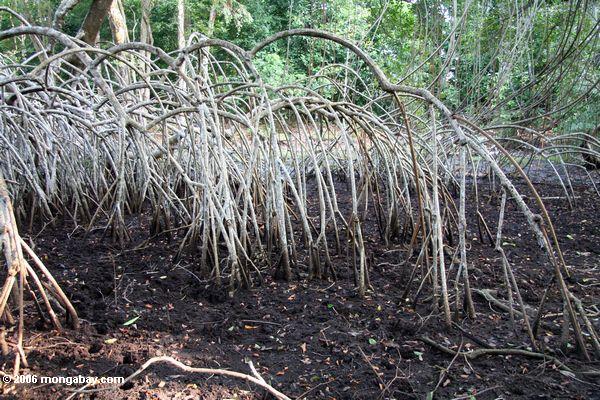 |
| White Mangrove |
Ocean Garbage Patch
The Great Pacific Ocean Garbage Patch is a swirling sea of plastic bags, bottles, and other debris that is growing in the North Pacific Ocean. It is formed as a result of garbage being dumped into the ocean and gathered by oceanic currents. Some negative effects on marine organisms due to this garbage patch include entanglement, small surface debris can cause harm with sea birds, and the garbage can lead to a higher toxicity level through photo-degradation. The best hope for controlling these garbage patches is more plastic recycling and a wider use of biodegradable materials.
Thursday, February 21, 2013
Orinoco Crocodile
- Common Name: Orinoco crocodile
- Scientific Name: Crocodylus intermedius
- Habitat: Currently restricted to the Ocinoco River basin in Colombia and Venezuela
- Adaptations: When the water gets too low, it digs holes in the ground so it can stay cool during the hot days.
- Status: Critically Endangered
- Current Issues: Hunting for it's hide, Collection for sale in the live animal trade, pollution, proposal of a dam in the upper Orinoco River region
- Why: I chose this animal as my favorite reptile because I really like crocodiles and I have yet to research an animal that was endangered, making it unique and interesting.
Ocean Acidification
Ocean acidification is the reduction of pH levels in the ocean due to the absorption of carbon dioxide that is released from burning fossil fuels. This can affect planktonic and benthic organisms by destroying shells of these organisms, leading to less protection for them and possible mortality. If acidification increases greatly, than this could even lead to the deaths of organisms that cannot survive that acidity. Man contributes to ocean acidification by constantly consuming fossil fuels, which leads to large emition of carbon dioxide, in turn increasing the amount of carbon dioxide that the ocean absorbs. One way that we can reduce ocean acidification is by becoming more energy efficient as a species. If we continue our destructive ways, in only a matter of decades many ocean species could become extinct, unable to adapt. One thing that I learned from this topic was that the ocean absorbs 22 million tons of carbon dioxide each day. I also learned that ocean acidification is referred to as 'the other carbon problem', and that the ocean has absorbed 1/4th of the carbon dioxide that has been produced.
Monday, February 18, 2013
Karenia Brevis
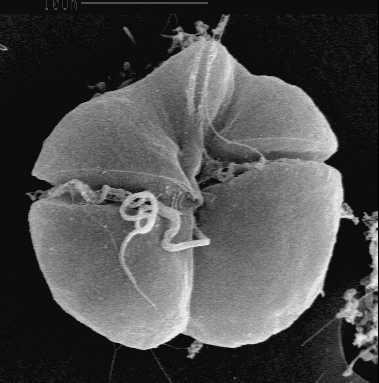 Karenia Brevis can cause the algal bloom that is known as the red tide that occurs in Florida and in Texas. One main characteristic of this algal bloom is that it is red instead of the average green algae. Red tides are also associated with the production of natural toxins and depletion of oxygen which is why it is classified as a harmful algal bloom.
Karenia Brevis can cause the algal bloom that is known as the red tide that occurs in Florida and in Texas. One main characteristic of this algal bloom is that it is red instead of the average green algae. Red tides are also associated with the production of natural toxins and depletion of oxygen which is why it is classified as a harmful algal bloom.What I Learned About Plankton
- Plankton isn't a specific organism, instead it is a lot of organisms that are small floating plants and animals in the water. I didn't know that this could also include animals that will later grow up to be fish or even crabs one day.
- I didn't know that jellyfish were a type of plankton before this week. I guess that I just assumed they were some type of fish but never associated them with plankton. It makes sense though because jellyfish don't actually swim, they drift with the ocean currents.
- Most of the world's oxygen and organic material is produced by phytoplankton. I thought that over half of the earth's oxygen was produced by trees but in fact, 80% of our oxygen and 75-85% of our organic material is produced by phytoplankton.
- There are four different classifications of plankton according to size. The classification goes in order of smallest to largest Nannoplankton, Microplankton, Macroplankton, and Megaplankton.
- Another thing that I learned about plankton was that they outweigh all of the animals in the sea that aren't plankton. Because there is so much plankton in the ocean, it amasses more weight that everything else in the ocean if it were to be combined.
Killer Whales
- Common Name: Killer Whale
- Scientific Name: Orcinus orca
- Habitat: All oceans and most seas. Prefer higher latitudes and coastal areas.
- Reproduction:
- Conservation Status: Data Deficient
- Interesting Facts:
- Killer whales hunt cooperatively, like a wolf pack.
- The average life span of a killer whale in the wild is 50-80 years old.
- Killer whales can weigh up to six tons
- Major Issue: The killer whale is at risk of poisoning from accumulation of toxins.
- Why?: I chose this animal because I really like the way that killer whales look, and although I think that they are an interesting organism, I don't know all that much about them.
Plankton Race
The most difficult part of this race was probably having to work towards creating an object that will sink, but very slowly. It is quite easy to make something that will either float completely or sink fast, but having to combine both is definitely something unique. One thing that I would change about the design if i could do this activity over would be that I would change the way that it slowly descended. Some kind of winglike design would work well for that, I think. The best part about this activity in my opinion is that I got to work to do a project that was unique and not like any other project I have done before in the past.
Harmful Algae Bloom
A HAB, or harmful algae bloom, is an algal bloom that causes negative impacts to other living species because they produce toxins or mechanically damage them. Algal blooms can be caused by an increasement in nutrients, a change in temperature, or a change in light. One way that man can prevent algal blooms is by working to predict where they are going to occur and track them. Knowing when and where algal blooms will occur can help to minimize the risk to people and marine life. Learning more about the causes of algal blooms can also help us work to prevent them.
Sunday, February 10, 2013
Plankton
Reasons Plankton are important:
 |
| Plankton |
- They play a key role in the oceanic food web. For example, they are the key food source for zooplankton. Even larger fish depend on plankton in order to maintain their survival.
- Phytoplankton produces much of the Earth's oxygen supply.
- Plankton can be key indicators of ecosystem change to investigators such as scientists.
 |
| Dinoflagellates |
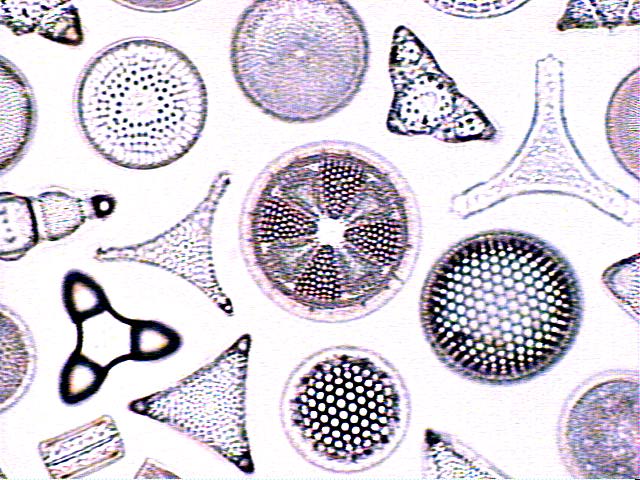 |
| Diatoms |
Fireworm
- Common Name: Bearded Fireworm
- Scientific Name: Hermodice carunculata
- Adaptations: Bristles that inject a powerful neurotoxin are used to protect the creature from being eaten or attacked.
- Habitat: The Fireworm is usually found on reefs or under stones in rocky areas of the sea, and on some mud bottoms. It is encountered throughout the tropical western Atlantic and at Ascension Island in mid-atlantic.
- They are not endangered or threatened.
- They are usually about 4 inches long. Their stings can lead to nausea or dizziness.
- I chose this organism because I like it's name and the way that it looks, so I thought that I should learn some more about it.
The Trieste
I chose the Bathyscape Trieste as the ship from Chapter 2 because it was really interesting to me. The Trieste was an Italian-build deep diving bathyscape that had a crew of 2 people and reached a record depth in the ocean of about 35,000 feet. It dove in the Challenger Deep, which is the deepest known part of the oceans. This ship is important because it was the first manned ship that reached the bottom of the Challenger deep, and it really showed what kind of great oceanic achievements can be achieved.
History of Oceanography
The history of oceanography has changed over time because there has been great marine inventions throughout the timeline of mankind. There has also been advances in cartography, along with there being great voyages and discoveries over the years. One event that I think changed the study of the ocean was in 1769, when Benjamin Franklin published one of the earliest maps of the Gulf Stream. This wasn't just simply about him mapping the Gulf Sea, although that is a great feat since it was one of the first of it's like ever seen before, but it also began the beginning of voyaging in the ocean for science. A huge step forward for oceanography and the way that it is studied.
Subscribe to:
Comments (Atom)

